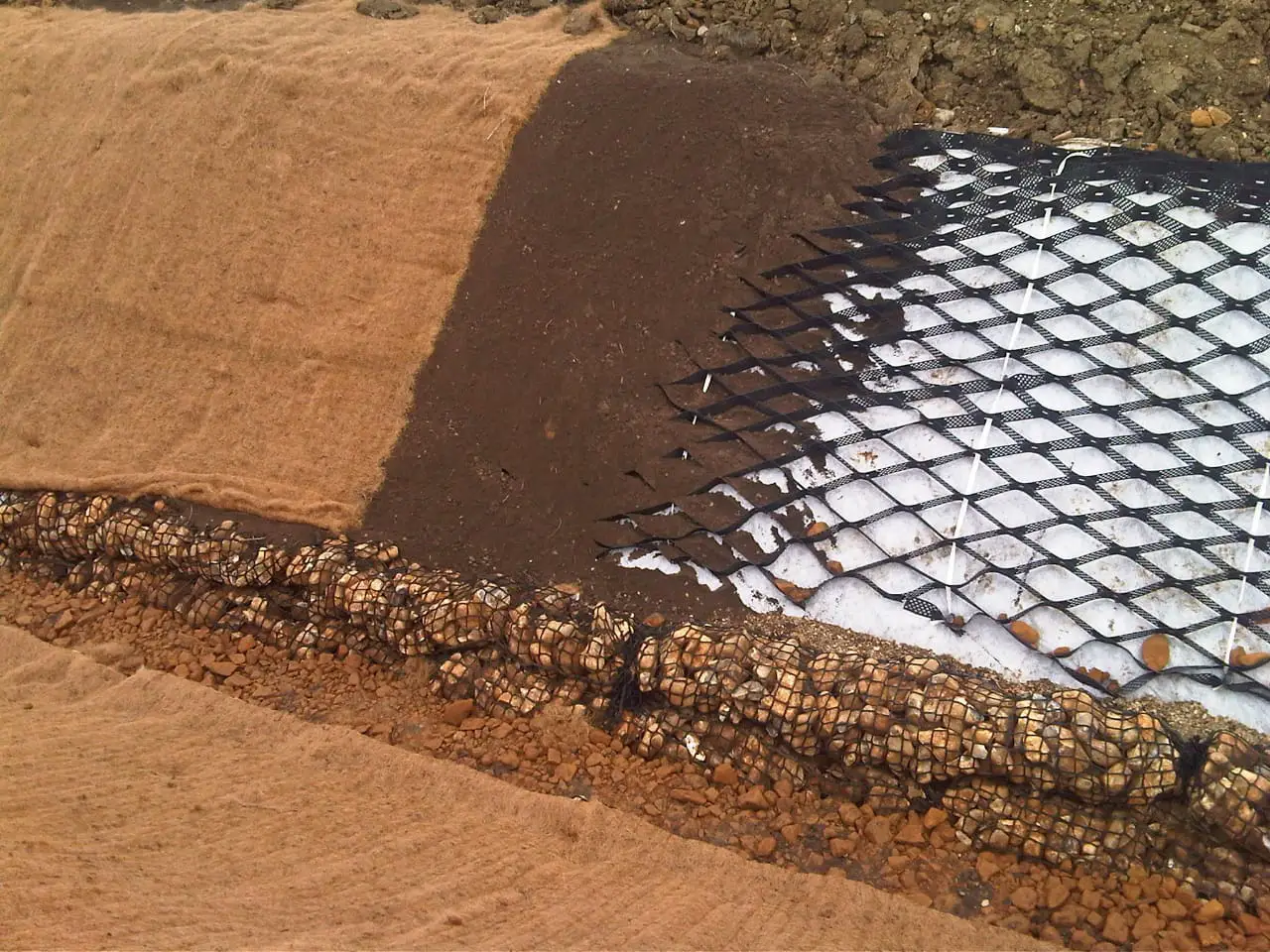How Erosion Control Blankets Promote Sustainable Land Management
This article explores how erosion control blankets are instrumental in achieving sustainable land management goals.
Understanding Sustainable Land Management
- Prevent land degradation.
- Enhance soil fertility and water retention.
- Support biodiversity and ecosystem resilience.
- Promote climate adaptation and mitigation.
Erosion control blankets align perfectly with these goals by addressing the root causes of soil degradation while fostering an environment conducive to sustainable growth.
Erosion Control Blankets: An Overview
The key benefits of ECBs include:
Erosion Prevention
Moisture Retention
Seed Protection
Temperature Regulation
Promoting Sustainability Through Erosion Control Blankets
Preventing Land Degradation
Case Study: In hilly regions prone to landslides, coir blankets have been used to stabilise slopes. These blankets decompose naturally, enriching the soil with organic matter over time.
Enhancing Soil Health
- Preventing Nutrient Loss: They reduce runoff, ensuring nutrients remain in the soil.
- Adding Organic Matter: As natural blankets decompose, they enhance soil fertility.
- Improving Structure: ECBs promote the formation of stable soil aggregates, improving aeration and water infiltration.
Supporting Biodiversity
Example: Jute blankets have been used in wetland restoration projects to support the regrowth of native vegetation, creating habitats for waterfowl and aquatic species.
Enabling Climate Change Adaptation
Reducing Erosion During Extreme Weather: ECBs stabilise the soil even during heavy rains or floods.
Carbon Sequestration: Natural materials like coir and jute are carbon-neutral, reducing the carbon footprint associated with erosion control.
Promoting Responsible Land Use
Erosion control blankets support these efforts by:
Preparing the land for revegetation.
Providing a stable surface for planting trees and crops.
Encouraging regenerative agriculture practices.

Real-World Applications of Erosion Control Blankets in SLM
Agriculture
Infrastructure Development
Watershed Management
Land Rehabilitation
The Environmental and Economic Benefits of Erosion Control Blankets
Environmental Benefits
Reducing Pollution: They minimise sediment runoff, which can carry harmful pollutants into water bodies.
Supporting Green Infrastructure: ECBs are integral to projects like green roofs and urban landscaping.

Economic Benefits
Reducing Rehabilitation Costs: By preventing erosion, ECBs save money on land restoration.
Creating Jobs: The production and installation of ECBs create employment opportunities in rural areas.


Economic Benefits
Reducing Rehabilitation Costs: By preventing erosion, ECBs save money on land restoration.
Creating Jobs: The production and installation of ECBs create employment opportunities in rural areas.
Future Prospects for Erosion Control Blankets in Sustainable Land Management
Governments, NGOs, and private enterprises must collaborate to integrate erosion control blankets into land management policies and practices. By doing so, we can create a future where land resources are managed responsibly and sustainably for generations to come.
Conclusion
As we strive toward a more sustainable future, the adoption and promotion of erosion control blankets will play a critical role in preserving our planet’s natural resources. Investing in these solutions is not just an environmental imperative but also an ethical responsibility toward future generations.
 ES
ES PT
PT DE
DE